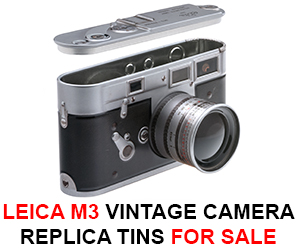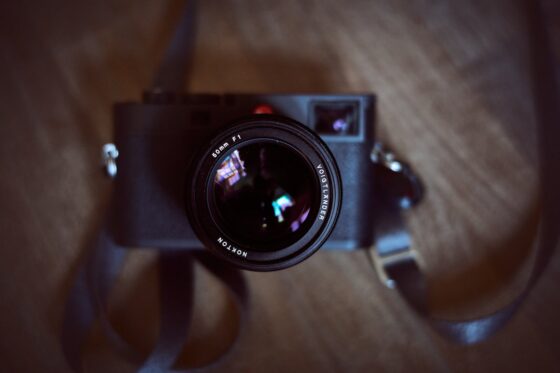
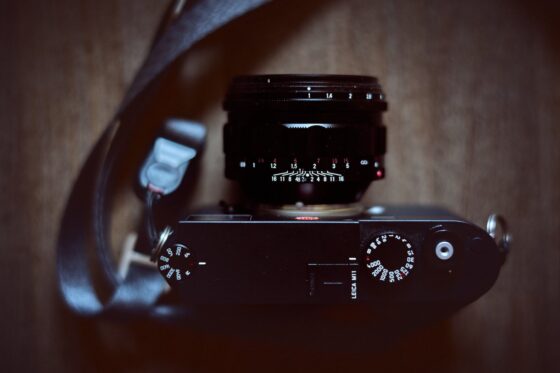
This Voigtlander Nokton 50mm f/1.0 Aspherical MC lens reviews by Federico Zaza (Website | Website | Facebook | Instagram):
WELCOME BACK TO THE GOLDEN AGE : BATTLE OF ULTRA BRIGHT LENSES
As it happened in the last decade, in the Sixties we’ve seen the birth of A LOT of ultra bright lenses. Mainly around the 50 mm focal lenght, and this makes me really happy since it is my favorite focal length. To be true this process started in the late Fifties with the very first f1.2 available on the market.
Between the Sixties and the Seventies a lot of amazing glasses came out, such as the first lens we can think of as a precursor of these ultra bright lenses. The legendary Leitz 50 f1.2 Noctilux, the first one of an incredible, unmatched series of glasses. But even competitors took the chance to write the history. Starting from Nikon with the unique and truly special Nikkor Noct 58 f1.2, which was available both in Ai and Ai-S version. But we can think even of Canon with several different lenses, such as the magical “The Dream Lens”, a fabulous 50 f0.95 “born” in 1960. ( a rangefinder glass ).
We lived a similar trend within the first two decades of this millennium. Leica, again, took out an astonishing 50 f0.95 in 2008: the last 50 Noctilux, still available today. Nikon, an impressive 58 f 0.95 Noct . A beast weighting almost 2 kg, costing over 8000 € and unmatched optical performances. Canon made new professional lenses for their new mirrorless mount: the new 50 and 85 f1.2 Even Sony joined the race with the beautiful Sony 50 f1.2 GM.
Beside the historical big names, several smaller, niche brands made several, interesting, products. Such as the Mitakon 50 f0.95 ( made for different mounts ), the 7Artisan 50 f1.1, etc, etc
In a very quick, continuously changing, and interesting market, Cosina Voigtlander made its moves. And, interesting, it’s one of the few brands making lenses with proprietary glasses.
The last years were amazing for Cosina-Voigtlander. They’ve build some of the finest lens available worldwide. For example, talking about the Sony mount, the Voigtlander 50 f2 Apo Lanthar is one of the few lenses which can go beyond the resolution of the amazing Sony A7R4 sensor, a 61 mp astonishing camera. Even working at its widest aperture, at f2.0. In a very small, lightweight and compact package. Or the new 21 mm f1.4 Nokton, a real reference in that focal length. An incredible ultra sharp lens, with extremely low chromatic aberration.
So I’m very curious to see how good can be this new Voigtlander. It’s an high end lens, it’s going to compete with the best lenses in its class, not the cheapest alternatives, as we’re speaking about optical performances. But with a very interesting price of 1750 € ( in Italy, VAT included ) it’s way cheaper than most of its alternatives.
Compared to the stellar Voigtlander 50 f1.2 it is way bigger and heavier. But It is “short”, so its weight is extremely well balanced on a Leica M11. The front element can’t be small, since it’s an f1.0 lens.
VOIGTLANDER 50 F1.0 NOKTON TECHNICAL DATA
- Focal Length: 50 mm
- Max Aperture: f1.0
- Min Aperture: f16
- Lens Construction: 9 elements in 7 groups
- Number of diaphragm blades: 12
- Closest Focusing Distance: 0,95 m
- Dimensions: 73,6X 55mm
- Filter diameter: 62 mm
- Mount: Leica M mount
Keeping in mind focal length and brightness, weight and size are incredibly good. It’s the most compact and lightweight ultra bright lens for the Leica M mount. Except the Voigtlander 50 f1.2. But the latter one lacks some of the finest technical specification of its bigger brother. As, for example, the Voigtlander 50 f1.0 has a floating element in its optical design. The VC (Voigtlander Cosina) 50 f1.2 does not. It means that aspherical aberration is well corrected even at the closest focusing distances. And it’s not easy on an f1.0 lens. At all. For comparison, on the Voigtlander 50 f1.2 there’s not a floating element. So at the closest focusing distances – which is a little better with a 0.70 m on the Voigtlander 50 f1.2 – there’s a different kind of rendering. A more “dreamy” look, a different , softer and more delicate rendering. It’s sharp, but different. And this is the reason why I’m going to keep both of them. Moreover, the f1.0 has a grounded special aspherical element (a very expensive and difficult to built aspherical glass).
VOIGTLANDER 50 F1.0 DESIRE FOR SPEED
The question could be this one…Why should I need a so extreme and bright and fast lens in a world where almost any digital camera can shoot at insane high ISO value, without any quality compromise ?
My personal view is for an aesthetic point. It’s for its rendering, especially wide open, where this lens is amazing, unique with its signature, its character. Maybe one of the fields where it can shine is portraiture. But not only in this field.
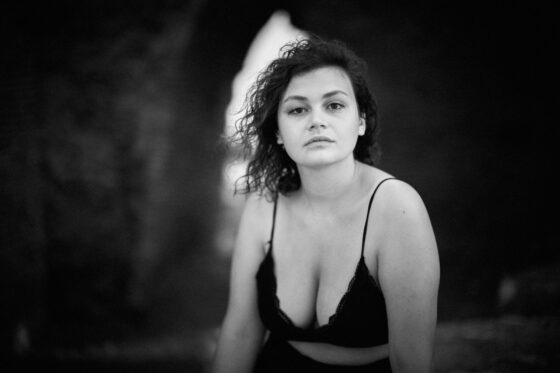
A very sharp lens, but never too rude, just the right micro contrast level for portraits. And combined to a descriptive, soft, gentle and a distinctive bokeh. Not an anonymous bokeh just like many other modern optics. By using the Voigtlander 50 f1.0 on a Leica SL2S we can work around one of its limits: the closest focusing distance is only 95 cm. Using a 7Artisan Close Adapter on a Leica SL2S it is possible to reach a minimum distance of around 40 cm, thanks to its internal helicoid, which, when rotated, allows to do that, keeping the lens a little away from the focal plane. Of course when doing so, it’s impossible to focus at infinite distance. Rotate the helicoid to the normal position and everything will work as usual.
It’s unbelievable the 3d pop and the sharpness this lens can offer wide open, at f1.0.
We can check the corners, seeing the picture on a big screen, and we can clearly see a different out of focus rendering. The reason is simple: a reversed curvature field when shooting wide open and at close distances. It’s exactly the same as the Leica 50 f0.95 Noctilux. But a little less pronounced than Leica.
Focusing to longer distances the field curvature disappears. In my opinion this “drawback” is a plus. it adds a kind of “character” to the global rendering of this lens. Image quality is excellent, chromatic aberration correction is very good, considering we’re working at such wide aperture in a very harsh light ( data for the Pierpaolo’s portrait are: ISO 64, 1\10.000 sec, f1). There are some visible aberration but only when zooming at 100% or higher magnifications. An excellent performance, better than the best ultra bright lenses of its class. The Leica 50 f0.95 Noctilux shows a little less purple fringing (visible at 100% or higher magnification).
Even the second Pierpaolo portrait shows an excellent output. Amazing colors, even in a difficult situation (harsh light). Credit must be shared even with the amazing Leica M11, Capture One pro 22 and Exposure X. But this lens is stunning, really.
USING THE VOIGTLANDER 50 F1.0
It’s not easy focusing on a rangefinder camera at f1.0. It helps the focus ring, smooth and with the right resistance which allows very small and accurate movements. I think they got the right balance between speed and precision, speaking abut the rotation angle of the focus ring. Good job, Voigtlander.
It’s way easier focusing the Voigtlander 50 f1.0 on a Leica SL2S, thanks to one of the best electronic viewfinder available today. It’s even well thought as for the focusing helps, which work very well. Focus Peaking and Magnification are well implemented and easy and quick to use. Sadly I couldn’t try the new electronic viewfinder for the Leica M11, so I can’t say anything about that.
The lens is very well balanced on both cameras, slightly better on the heavier Leica SL2S. Lens hood is included with the lens. It’s helpful both for backlight shots and as a protection for the frontal element. Occasionally it is possible to see a little flare (without the lens hood), which I find quite nice. Not so nice looking as for the Voigtlander 75 f1.5 or the Voigtlander 35 f1.2 Mark 3 or the 35 Leica f1.4 Asph (not the FLE).
Aperture ring goes through 1\2 stop steps.
Quite accurate the depth of filed scale on the lens.
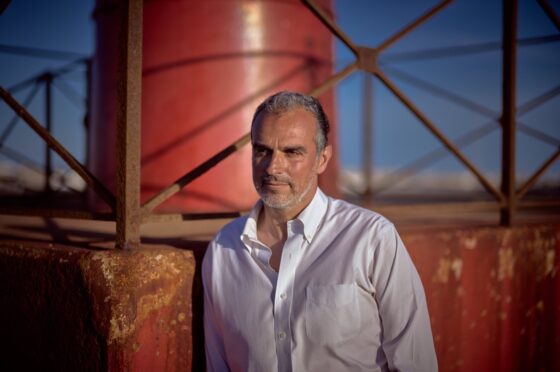
WEDDING REPORTAGE & STREET PHOTOGRAPHY
Sorry! Time was not enough to go around the city and take some street photography pictures with the new Voigtlander 50 f1.0 Nokton and the Leica M11. But please, continue to follow the blog. I will upload some pics as soon as possible, Anyway, my approach to wedding photography is exactly the same, except for a different aesthetic development, of course. I mean a different post production and color correction. So here you are a few pictures from a recent Indian wedding.

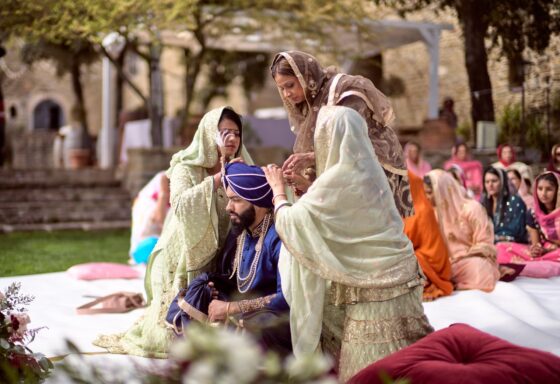
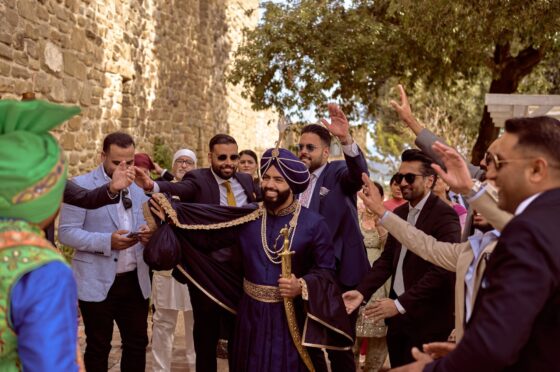
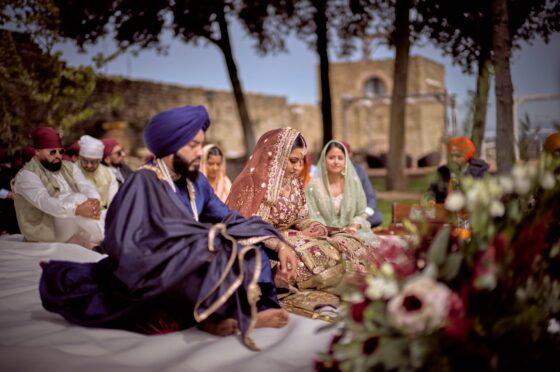
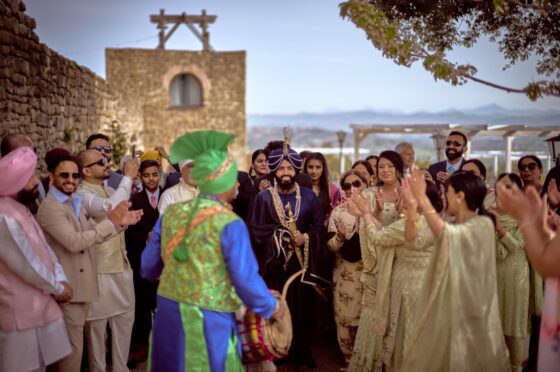
FINAL THOUGHTS
The new Voigtlander 50 f1.0 Nokton hits a perfect balance between different several aspects, which are extremely difficult to find together. Speaking about weight and size it is the smallest and lighter ultra bright 50 mm for full frame sensors (f1.0 or 0.95 50 mm lenses ). It’s very well balanced even on a small camera, like an M11 Leica. It’s even smaller than the old Leica 50 f1.0 Noctilux.
Talking about optical performances this new Cosina Voigtlander 50 f1.0 Nokton exceeds the Leica’s benchmarks which were set by the older Leica 50 f1.0 Noctilux and improved later by the last 50 mm Leica Noctilux: the amazing 50 f0.95. It is way sharper, wide open, then both Leicas. Contrast and micro contrast is also higher, too. Optically it is well beyond what can be achieved with the Leica 50 f0.95.
Compared to the amazing Voigtlander 50 f1.2 it is way bigger and heavier. But we have to remind that the Voigtlander 50 f1.0 has a different construction, way more sophisticated. A grounded aspherical element (expensive and difficult to build), and a floating element are the main differences. This means that the spherical aberration is well corrected even wide open, focusing at close distances. The smaller brother, the f1.2, is quite sharp too, but with a very different rendering: a little more dreamy and delicate. Personally I do love both of them. The difference is visible within the 2 meters range, only at f1.2.
I do love to use this kind of dreamy look for some kind of portraits.
Anyway keep in mind even the different minimum focus distances: 70 cm for the Voigtlander 50 f1.2, 95 cm for the Voigtlander 50 f1.0 and 100 cm for both Leica Noctilux. With a 7Artisan Close Focus adapter you can improve a lot the minimum focus distance on a Leica SL2. The same with a Voigtlander Close Focus on a Sony camera.
Please, if you like to shoot your M mount lenses on a Sony camera, remember this: you can modify your camera to improve the performance of these lovely lenses. Check this link here.
As for chromatic aberration the Voigtlander 50 f1.0 is very well corrected. Only shooting wide open in very harsh light can show some signs of CA. But its performance are the best in its class. Leica lenses show a little less purple fringing, but more CA. Too close to call, anyway.
An inverted field curvature is visible with the Voigtlander 50 f1.0 Nokton, when focusing it at close distances (below 2.5-3 meters), more visible at the corners of the frame. This is extremely similar to the Leica 50 0.95 Leica Noctilux, but a little less pronounced. It could be a problem if we’re looking for uniformity from center to corner. But usually we do not search uniformity at f1.0 and the reversed field curvature disappears beyond a focus distance of 3 meters. On the other side the reversed curvature gives a kind of character to the images. I really appreciate it.
The Voigtlander 50 f1.0 works really well, in backlight situations. The lens hood helps a lot. Without it we can see some flare and internal reflections, but usually they can be nice and interesting. To avoid them you should simply put the lens hood on.
As for vignetting there’s a lot around f1.0 But any raw converter can fix it in a second. Stop down to f4 and almost all vignetting has gone.
In a few words: the Voigtlander 50 f1.0 Nokton is the best 50 mm ultra fast lens available today. At 1\8 of the price of the best competitor out there. If it’s not a lese majesty…
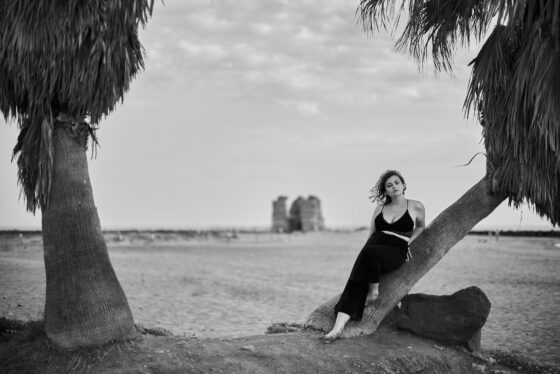
PRO
- Extremely well built.
- Extraordinary optical performances. Best in its class.
- Quality\price ratio unbeatable.
- Lightweight and small, keeping in mind brightness and focal length.
- Not too obtrusive for Leica M viewfinder.
- Excellent optical performance even on mirrorless cameras such as the Leica SL2 family,
- Good backlight performance (lens hood required).
- Amazing rendering. Not a modern, flat lens. Amazing “character”.
- Beautiful bokeh. Progressive, gentle, sweet and “descriptive”.
- Perfect focus ring. A great balance between precision and speed, It rotates the right angles needed to be precise.
CONS
- Way bigger and heavier than the stunning Voigtlander 50 f1.2.
- Closest focus distance only 95 cm (but still the best in its class).
- Some chromatic aberration visibile in harsh light environments, around f1.0 (again, the best in its class except for purple fringing).
- Not so easy to focus even on the best rangefinder camera (Leica M11), when wide open. It requires practice and experience. It’s so much easier on a mirrorless camera with an electronic viewfinder. Especially if well thought about focus magnification and focus peaking such as a Leica SL2.
- Reversed field curvature, visible at close focus distances, wide open and near the corners. But it offers a beautiful kind of rendering for some portraiture works.
OTHER
- Equipment: Leica M11, Leica SL2S
- Editing software: Capture One 22 Pro, Exposure X
- Contact me for workshops and formation.
- A big thank to Giorgio Bazzero, Italian importer for Voigtlander products. He gave me the chance to test this amazing lens. On his website you can buy with confidence any Voigtlander lens or accessory.
- The full version of this article (available in Italian and English) can be found here.
Voigtlander NOKTON 50mm f/1 Aspherical VM lens pre-order links:
- US: Adorama | B&H Photo
- EU: Jo Geier | PhotoHouse | Meister Camera.
Previous coverage of the Voigtlander Nokton 50mm f/1.0 Aspherical MC lens can be found here:
Voigtlander NOKTON 50mm f/1 Aspherical VM lens review: “Leica Noctilux one-upped?”
The first Voigtlander NOKTON 50mm f/1 Aspherical VM lens reviews are out













